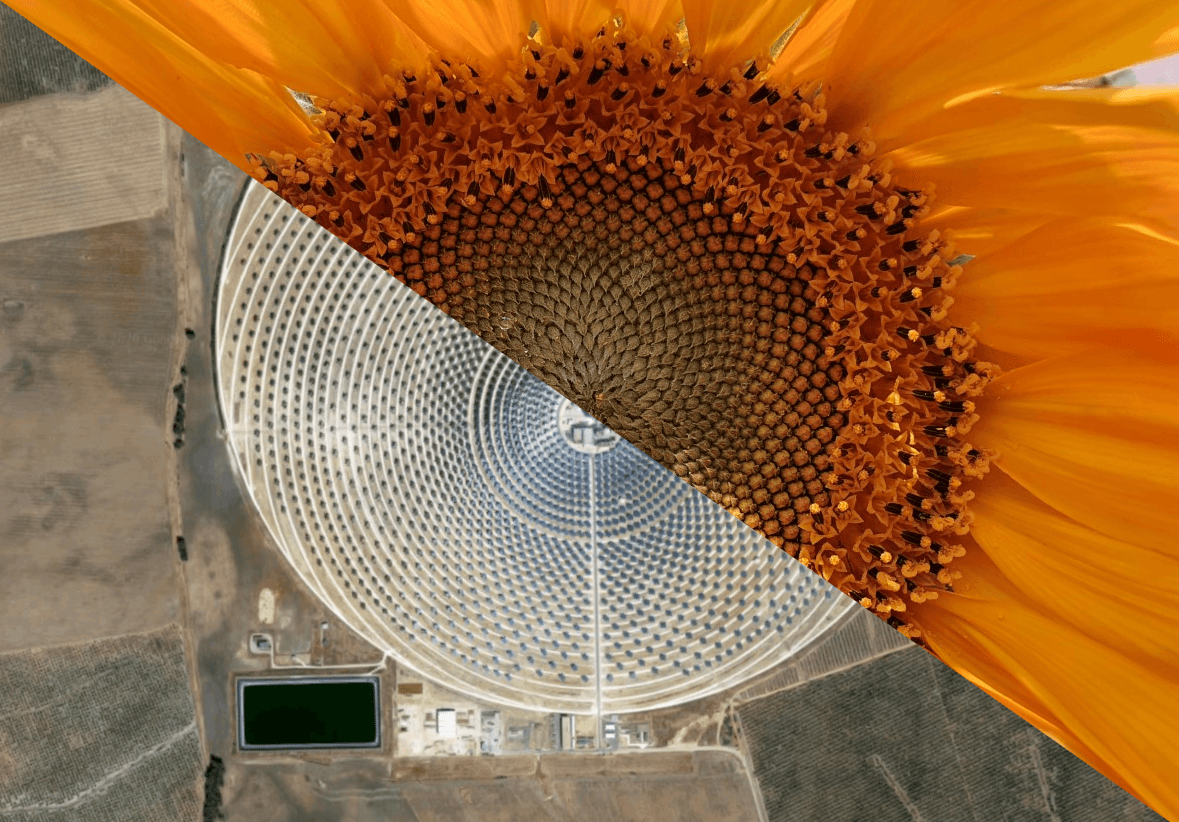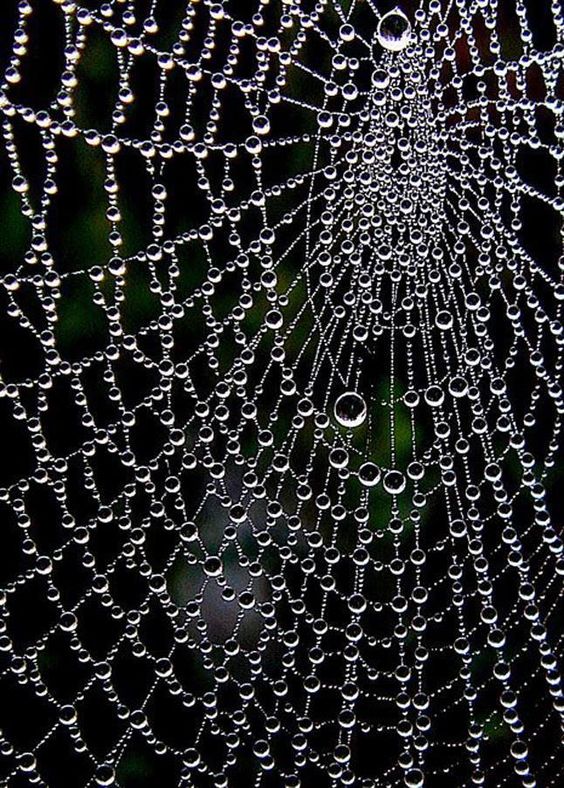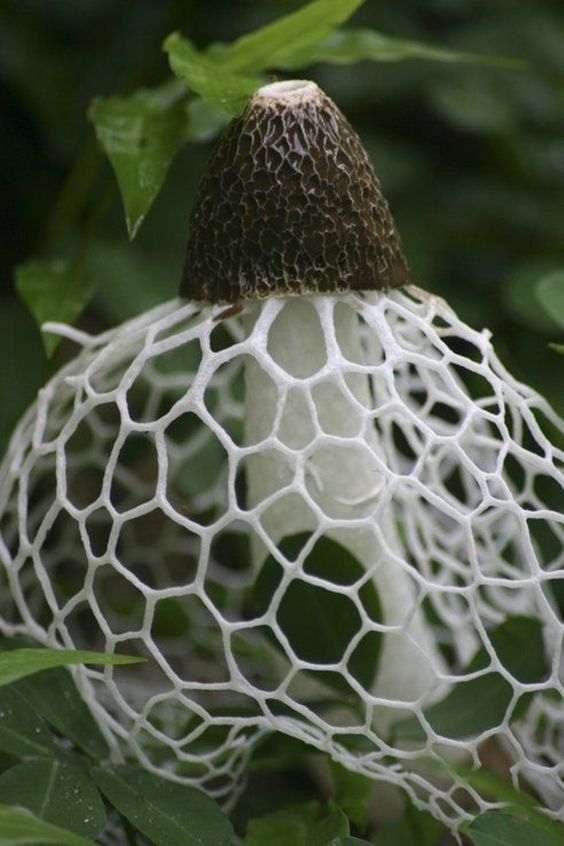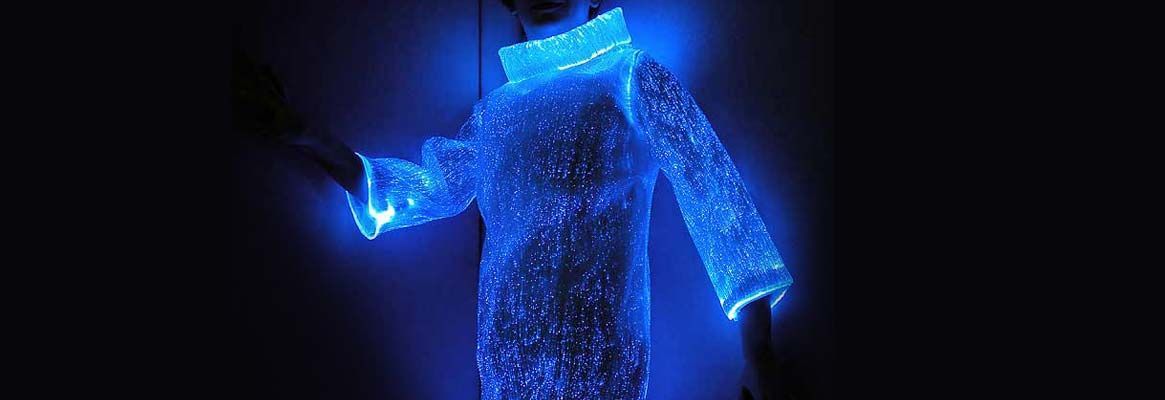Imagine sitting in a space where sunlight bounces off rustic wooden surfaces, pot plants line the shelves, and a gentle breeze carries the faint scent of wildflowers. Feels like a breath of fresh air, right? This isn’t just an idyllic scene—it’s the essence of biophilic design, a revolutionary approach to integrating nature into our modern lives.
Drawing Nature Indoors
The magic of biophilic design lies in its principles, which transform spaces into nature-infused havens. Imagine offices flooded with natural light from expansive skylights, with airflow systems bringing the crisp freshness of a forest breeze. Or consider classrooms where children thrive amidst organic shapes and natural materials, spaces evolving from the realization that our well-being is tightly interwoven with these elements. It’s not just about how things look; it’s about how they make us feel.
Fostering Well-being
The benefits of biophilic design extend far beyond aesthetics:
Physical Health Boost: Think of how much better you feel after a day spent outdoors. In biophilic spaces filled with natural light, good ventilation, and green settings, people experience enhanced fitness, lower blood pressure, and fewer illness symptoms.
Mental Wellness: Imagine tackling your next big project in an office with lush greenery and the soothing sound of a water feature. Reduced stress, increased creativity, and improved problem-solving abilities come naturally in such settings.
Social Connections: Open spaces designed with communal seating and greenery enhance social interactions. Picture your local café, where the design invites conversation and community, reducing aggression and building bonds.
Take a moment to consider this: a circadian cycle lamp doesn't just light up an office—it syncs with your natural rhythms, easing the strain of artificial lighting. Similarly, furniture crafted to evoke natural forms and textures can transform a sterile apartment into a sanctuary that soothes the soul.
Nature’s Call to Sustainability
Biophilic design isn’t just about human comfort—it’s a call to sustainability. Think green roofs that support local flora and fauna, or rain gardens that manage stormwater and improve air quality. These features don’t just beautify our spaces; they play a crucial role in maintaining ecological balance.
Take a stroll through a lush city park, and you’re likely enjoying the spoils of biophilic design at work. Plants and water features cool the air and create habitats for wildlife, bringing pieces of the wilderness into our urban sprawl. This holistic approach not only conserves the environment but also enhances our urban experiences, nourishing both body and spirit.
Biophilic design invites us to reimagine our living and working environments. It's a gentle reminder that by bringing nature indoors, we're not just improving our surroundings—we're reconnecting with the world and ourselves. Join us next as we delve into the exciting, practical applications of biophilic design.
Read more





